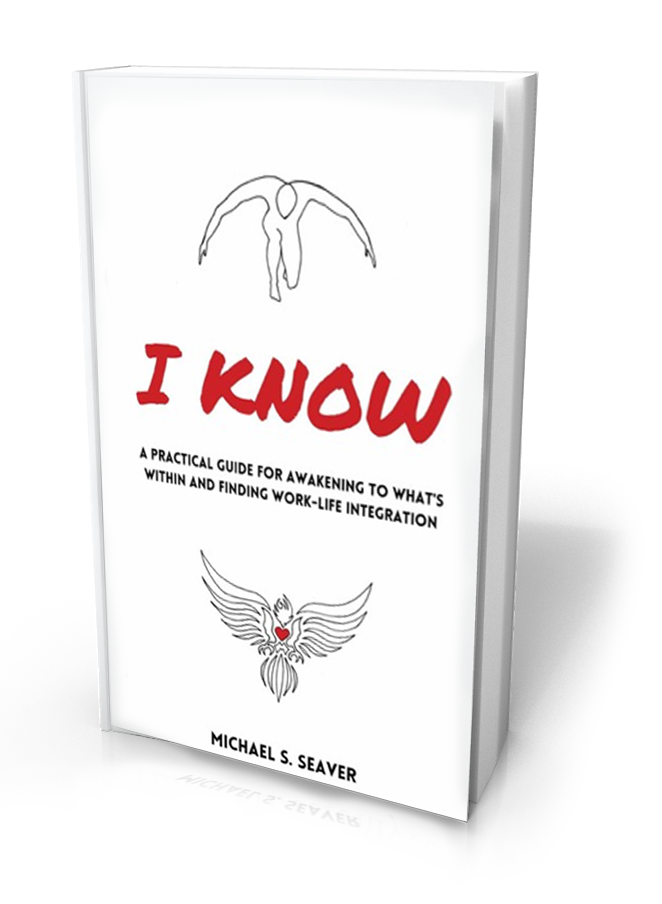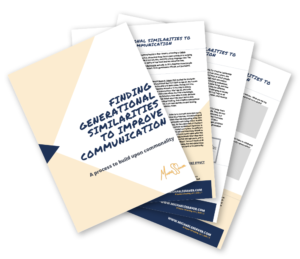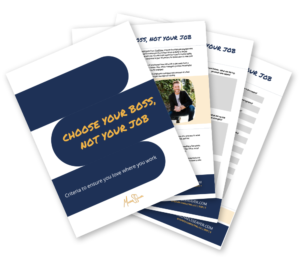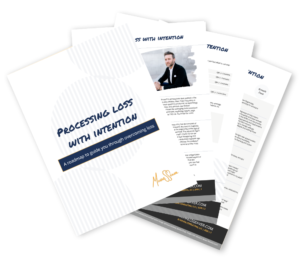We are living in the peak television era. Have you noticed? Right alongside Walter White, Tony Soprano, and Don Draper sits performance coach Wendy Rhoades on Billions, played with aplomb by Maggie Siff. But the thing is, of course, she’s rarely sitting. She’s steering, beguiling, guiding, prodding, and challenging Damien Lewis and his staff of hedge fund pirates to earn, earn, earn.
Wendy happens to be a fictional character inhabiting a highly charged, over-the-top Showtime world. She makes coaches look more than a little morally dubious, if not downright villainous. Nevertheless, I like the character and the attention she draws to something I routinely do for the companies who engage me: filling the role of staff psychologist and team performance coach.
What Do You Do When You Can’t Go to HR?
Until recently, very little. Often, unhappy employees—even highly effective or high-producing ones—would simply quit if they found themselves struggling on a personal or professional level. Traditional human resources departments are reactive and compliance-based. Depending on the organization, they may help with recruitment, compensation, performance management and more, but they’re really charged with making sure staff follow rules. Most small- to medium-sized businesses haven’t built human resources departments with proactive organizational development components to prepare employees for what’s coming.
So, when an employee brings a personal, emotional or family struggle into work, the HR department may default to calling the medical benefits provider’s employee assistance program to help that employee get an appointment with a third-party therapist or psychologist. In my experience, this could take days, weeks, or even months.
Fortunately, that approach to supporting employees is changing. Executive coaches and staff psychologists are going mainstream as more and more companies are seeing the value of purposely investing in and developing their people…and preventing them from leaving when change appears. My work as a coach encompasses health, counseling, developmental techniques, industrial-organizational strategy, and social psychologist work to bolster the wellbeing of staff and keep the organization aligned with its vision.
Wendy Rhoades wants to make transformation happen right now; my goal is the integration of employees’ work and home lives into one deeply authentic and happy whole—to the benefit of both the individual and the organization.
Why Is This Work Necessary?
The millennial generation recently became the largest percentage of the American workforce. Because society has advanced so quickly, this generation doesn’t have to worry about food, safety, or shelter. But as they move up Maslow’s Hierarchy in search of their version of self-actualization, they’ll routinely switch jobs if they have to. There is a constant search for meaning. And, I’m seeing this more and more with generation x and baby boomers. Ahead-of-their-time leaders are looking for ways to help their people develop within the context of their organization, to reduce crippling turnover costs.
It is so difficult to keep really high-quality employees. Organizations are realizing that to retain their most talented people, they need to take traditionally external benefits and have them exist internally somehow—to deal with situations in the moment, on the spot.
Coaches like me, who are not employees but instead third-party contractors working under a non-disclosure agreement, are available to help employees navigate change or recurring challenges. I find ways to align a particular staff member’s personal mission and journey with that of the organization as a whole. In this way, the employee can feel a sense of self-actualization while going to work each day, fully expressing the most authentic version of themselves.
How do I do this? I’m glad you asked.
Common Staff Coaching Topics
1. EQ: I work with personnel at all levels to build emotional intelligence. By reducing individuals’ emotional reactivity to change and poor leadership communication, I help organizations reduce turnover and mitigate conflict. Because humans deeply dislike change bestowed upon them, I help companies be more transparent and involve their employees earlier when circumstances are shifting to achieve greater buy-in and even ownership of any change process.
2. Trauma: I examine childhood emotional trauma. By helping persons see how their adverse childhood experiences predict their behaviors later in life, I am able to help staff members break harmful patterns and perform at a more consistent level. I want to uncover the origin event of an adverse feeling so an individual can process and then safely release the emotion.
3. Time management: Many employees struggle with staying focused on their strategic long-term goals in an environment with so many short-term demands and distractions. We look at their calendars. I gift people confidence to start saying no to low-vibrational things and yes to the requests or projects that are actually helping them accomplish their most meaningful goals.
4. Retention: By convincing employees who want to quit to stay, I routinely save organizations hundreds of thousands of dollars. Turnover can cost companies 200% of a person’s salary, or more. This number accounts for lost productivity, recruitment costs, temporary staff, training, and more. When you multiply that out, it can be one of the costliest line items an organization encounters each year.
5. Accountability: We are very quick to place blame on our circumstances, surroundings and our colleagues. I work to create personal accountability. When I ask tough questions of individuals, my goal isn’t simply to ruffle feathers. Instead, I help persons to realize how they’re complicit in creating the work conditions they say they don’t want. From there, I help them walk in to their personal power and stop blaming others. This exercise, when done throughout multiple departments, can change an organization’s entire culture very quickly.
6. Values examination: I perform a personal values exercise with each team member using the PEAK card deck, and connect those top six core values to the organization’s values to find connection, purpose and happiness. This exercise gifts individuals the confidence to make tough decisions.
7. Strategy: It’s not good enough for an organization to just plan for the year ahead. By setting long-term focus (think five- to ten-year goals), your organization will avoid becoming the next Blockbuster. I challenge people to cut out activities, roles and even entire departments not in alignment with a five-year plan. When each employee is working toward the same long-term goals, all of the sudden there is a synchronicity that occurs across the business. Everybody thinks in the same way. When you don’t have this, your company might make revenue, but you won’t advance as far, as fast.
8. Culture: Humans thrive in environments with rich cultures. We need stories to feel a connection to a cause bigger than our own. As such, I challenge leaders to think about the recognition systems, employee stories, wall art, meeting structures, leadership behaviors and performance management activities that define culture for your organization. Don’t let culture happen by accident. Create it with intention to attract and retain the best people possible.
The Bottom Line
There are no short-cuts when it comes to proactively building up your organization’s people, but the good news is these sorts of exercises and processes are becoming mainstream. Let’s keep this dialogue open and help more and more organizations engage in these techniques.
Society is changing rapidly. People need outlets for finding personal meaning and they need multiple ways to be engaged by their leader and by their company. My work is to link a person’s mission and values to an organization’s mission and values—and I’ve seen it have incredible results.
As you learn from watching Wendy Rhoades each week, staff psychologist and team performance coaching works.
Just take care not to hire a villain.
I exist unlock human potential. Let’s talk about how this could help your company.






Connect with me